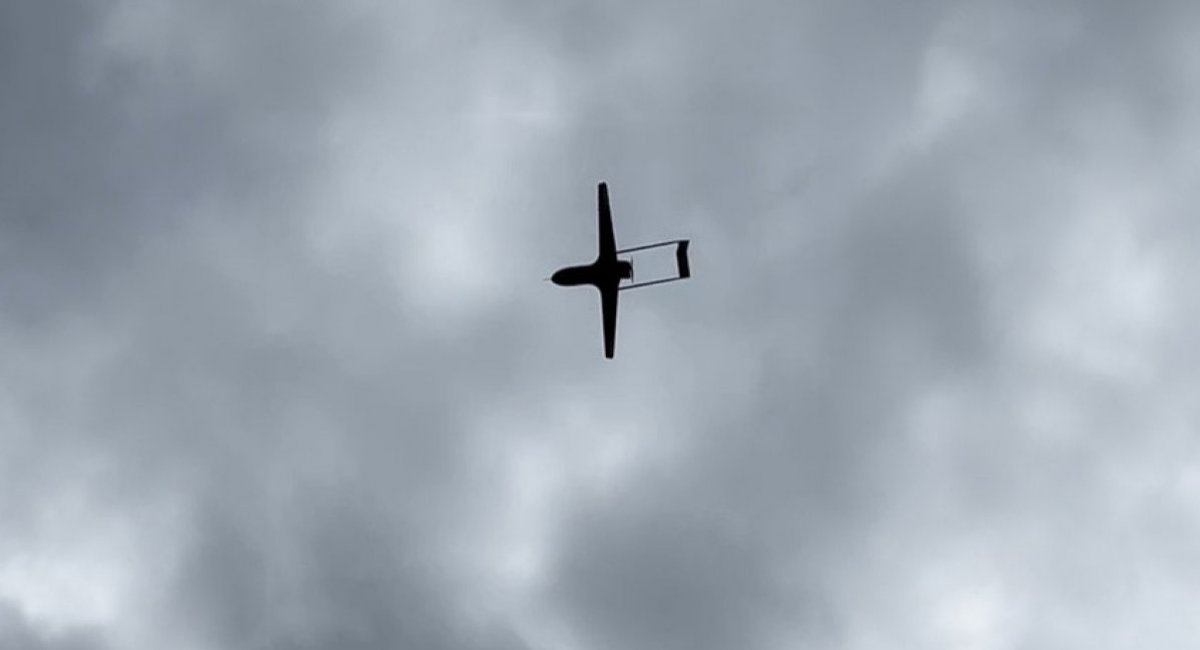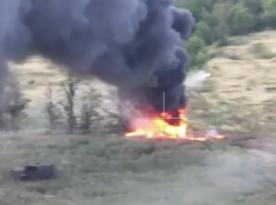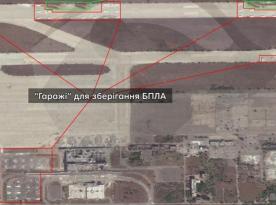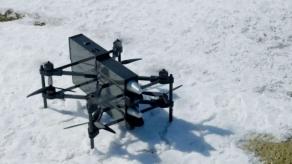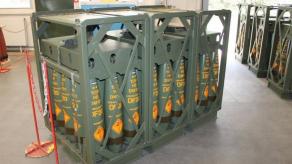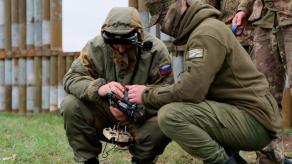russian JSC Izhevsk Electromechanical Plant also known as IEMZ Kupol, located in Izhevsk in Udmurtia, 1,300 km from Ukraine, was successfully targeted by Ukrainian Liutyi long-range drones.
This is evidenced by numerous videos shot by the city's residents. The videos show a significant number of drones flying overhead, their high accuracy, as well as attempts to shoot down these drones with small arms. As a result of the strikes, a fire broke out at the enterprise.
Read more: Ukrainian MiG-29 Jet Destroys russian Drone Repair Base With GBU-39 Bombs
This attack is very important because although the Izhevsk Electromechanical Plant is listed as the manufacturer of the Tor anti-aircraft missile system, it currently has another large-scale order—the production of Shahed-type drones. This plant is mass-producing them under its own name, Garpiya-A1. They have serial numbers beginning with the letters "К", "КБ", and "КЦ".
This drone is a complete visual copy of the Shahed-136, but differs in some of its components and assembly methods not only from the Iranian original, but also from the Geran-2, which is assembled at Yelabuga. Specifically, Garpiya-A1 features a higher level of localization and use of russian components, as well as better assembly quality.
At the same time, another notable detail of this attack is the slightly modified Ukrainian Liutyi UAVs that carried out the long-range strike. In the video, it can be seen that the Ukrainian drones lack chassis.
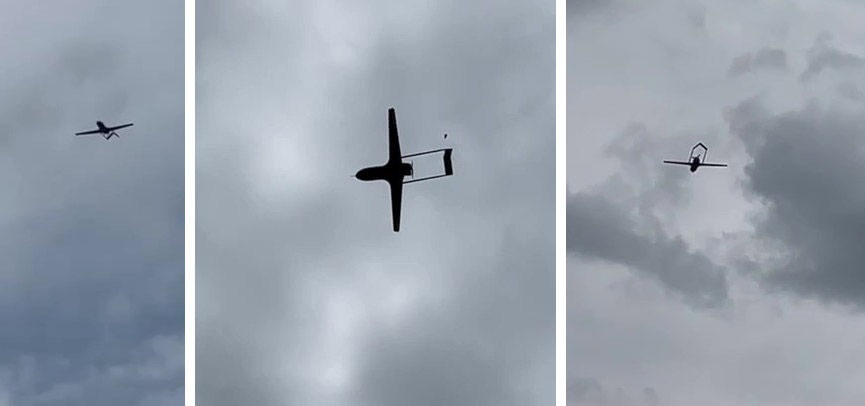
For Liutyi, an airplane takeoff was the only known means of launch. On the one hand, this allowed it to be launched without additional equipment, without a catapult or accelerator. This meant simplifying the infrastructure and reducing costs.
On the other hand, this required a rather unusual launch organization with drone escort during takeoff. Obviously, allowing the operator to control the drone's run-up, takeoff, and altitude gain with radio control.
In addition, the chassis, which is fixed in the Liutyi means greater aerodynamic drag, i.e., shorter flight range, as well as slightly greater radar visibility. At the same time, abandoning it required a redesign and its removal immediately after takeoff, or the use of other launch methods, such as launching from the roof of a vehicle accelerating to the drone's takeoff speed.
In any case, it was precisely these versions of the Liutyi that successfully attacked military targets in the russian city of Izhevsk. It is also known that the warning about the danger and the closure of the airport in the city was announced only about 30 minutes before the attack, which obviously came as a significant surprise to the enemy.
Read more: What’s Left of the Su-34s at Marinovka Airfield: Ukraine’s Drone Strike Confirmed by Satellite Images




